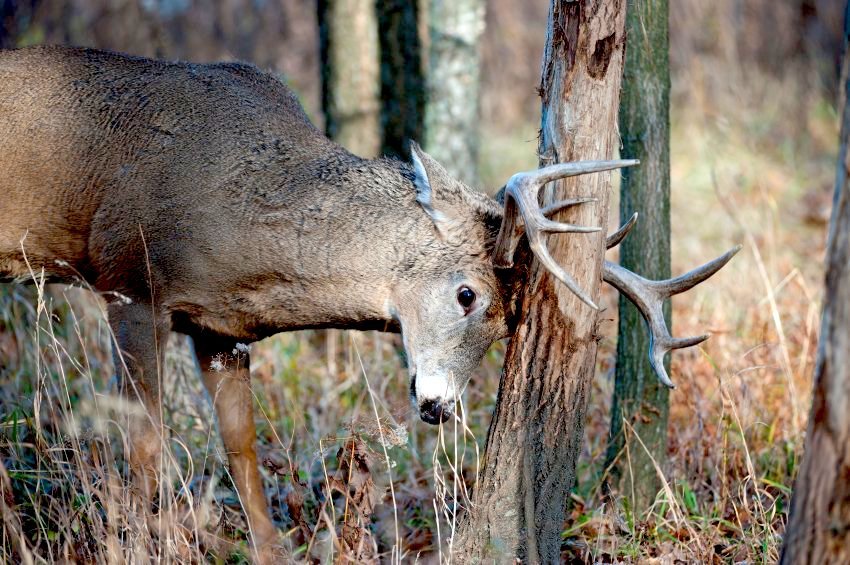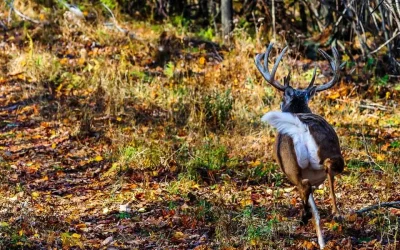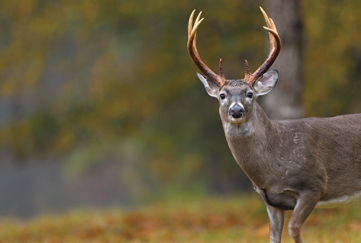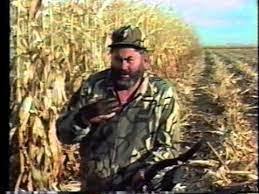Buck rubs can tell you a lot about the Deer in your Area. (Photo Courtesy of Grandview Outdoors)
Rubs are a buck’s way of communicating with does as well as other bucks, leaving a sign that they are around.
There are several ways buck create a rub, what they show and locations where they may be found, at times, a good sign as to the size of the buck, but are not a sure bet as some young bucks will work on trees much larger than their rack would indicate.
Below, are a few tips to help hunters to understand why a rub was made and indicate the size of buck that made i
- # 1 Early in the season, it is a good idea to look for rub lines and not just a single rub as this show where the Buck is traveling to and from giving the hunter an idea as to the direction the Buck is moving from his bedding area to his feeding location.
- # 2 Rubs on trees are a buck’s way of dispersing scent from its forehead and tarsal glands indicating there presents as well as helping to reduce tension and by rubbing on the tree helping to build up his neck and shoulder muscles which he will need to fight off other Bucks’
- # 3 Rubs are visual signs, but they are also areas where they deposit scent on the overhanging branches as well as on the ground, an attractor does as well as a warning to younger Bucks’
- # 4 Larger Bucks begin make rubs earlier that younger Bucks and are more apt to rub more trees that younger Bucks’.
- # 5 Any size Buck will rub smaller one-to-three-inch trees, rubs larger than four inches or thicker are generally your older deer in the three-to-four-year class.
- # 6 When the rut is ongoing, fresh rubs help to show a Buck’s location, those chasing hot does.
You will find the rubs made along a boundary, those prior to the rut. This is when Bucks mark their territory and are excellent locations for hanging your stand early season.
Good pre-rut stand locations are along trails, leading from a Buck’s bed to a feed source.
During the peak of the rut, Bucks have pent up hormones when in pursuit or with a hot doe, they will rub not only three-to-four-inch trees, but also work over smaller trees and branches in order to impress the doe and warn off satellite bucks. They may also paw the ground, making small scrapes. These areas make good peak-rut stand location as Bucks may stay with a hot doe for up to two days.
Your larger Buck rubs, are generally made at night, on trees up to 10 inches or more, are not common, but once you find one, a good place to set up and wait for that “Trophy” Buck.






0 Comments